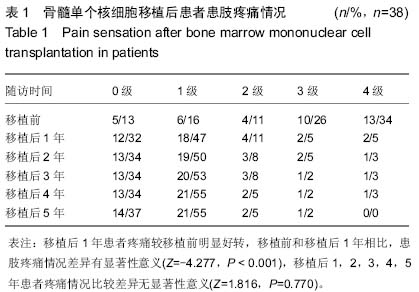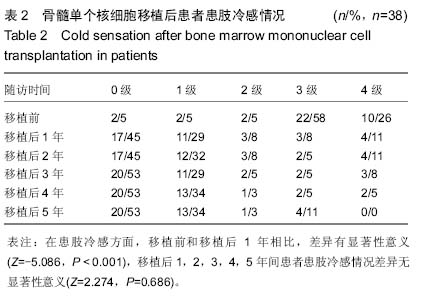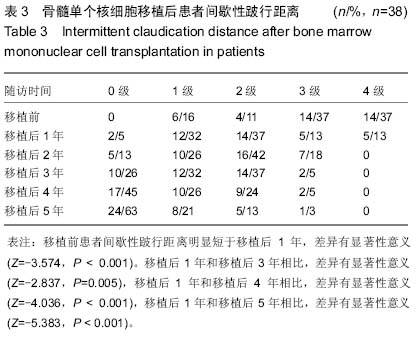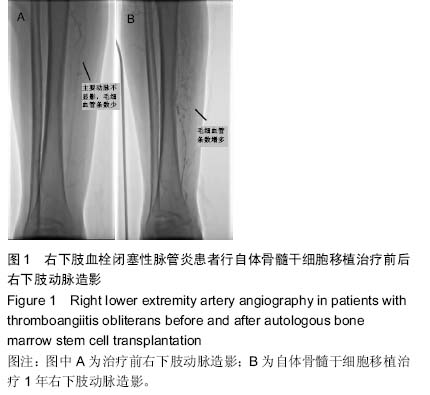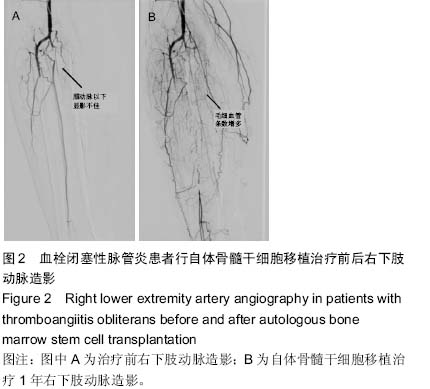| [1] 吴孟超,吴在德.黄家驷外科学[M].7版.北京:人民卫生出版社, 2008: 1811-1186.
[2] 谷涌泉,张建,郭连瑞,等.自体骨髓干细胞移植治疗下肢严重缺血32例报告[J].中国临床康复,2004,8(35):7970-7972.
[3] 李瑞林,张葆现,赵尚清,等.溶栓通络胶囊治疗血栓闭塞性脉管炎[J].中国实验方剂学杂志,2013,19(10):346-348.
[4] 洪芬芳,贺长生,刘晓军,等.参附注射液减轻血栓闭塞性脉管炎模型大鼠损伤的作用研究[J].中国实验方剂学杂志,2013,19(14): 222-225.
[5] 李彦州,温志国,杜丽苹,等.中药联合导管药物灌注术治疗血栓闭塞性脉管炎11例[J].中国中西医结合杂志,2013,33(10): 1429- 1430.
[6] 康昭,文建峰,张阁,等.静脉动脉化手术治疗血栓闭塞性脉管炎32例[J].陕西医学杂志,2012,41(1):61-63.
[7] 邱结华,周为民,张永梅,等.自体大隐静脉倒置旁路转流术治疗下肢血栓闭塞性脉管炎[J].中国普通外科杂志,2013,22(6): 689-692.
[8] 王铭义,王峰,纪东华,等.下肢血栓闭塞性脉管炎的介入治疗体会[J].介入放射学杂志,2012,21(10):850-854.
[9] 刘学强,鄣平凡,张金池,等.逆行开通技术治疗下肢动脉闭塞性病变[J].中华放射学杂志,2012,46(6):557-560.
[10] 曾嵘,叶炜,李拥军,等.下肢血栓闭塞性脉管炎血管重建术近中期结果[J].中华外科杂志,2013,51(8):719-722.
[11] 刘焱喆,王勤运,王海涛,等.血栓闭塞性脉管炎治疗进展[J].现代生物医学进展,2014,14(27):5397-5400.
[12] Tomlinson L. Case study to illustrate a multidisciplinary approach to a case of critical limb ischaemia and the role of chemical lumbar sympathectomy. J Tissue Viability. 2000; 10(4):140-143.
[13] Nickel J, Brinckmann W, Andresen R. Ambulatory, CT-assisted lumbar sympathicolysis in patients with severe peripheral artery disease: influence on peripheral blood flow and clinical outcome. Zentralbl Chir. 2008;133(4):349-354.
[14] Tay VK, Fitridge R, Tie ML. Computed tomography fluoroscopy-guided chemical lumbar sympathectomy: simple, safe and effective. Australas Radiol. 2002;46(2):163-166.
[15] Agarwal VK. Long-term results of omental transplantation in chronic occlusive arterial disease (Buerger's disease) and retinal avascular diseases (retinitis pigmentosa). Int Surg. 2007;92(3):174-183.
[16] 李国剑,杨镛,杨国凯,等.自体外周血干细胞移植治疗血栓闭塞性脉管炎的临床应用[J].中国普外基础与临床杂志,2012,19(11): 1187-1190.
[17] 王茂华,孙岩,吴学君,等.自体骨髓干细胞移植治疗血栓闭塞性脉管炎效果观察[J].解放军医药杂志,2014,26(3):104-106.
[18] 李学锋,沈振亚,谷涌泉,等.自体骨髓干细胞移植治疗血栓闭塞性脉管炎[J].中国普外基础与临床杂志,2010,17(7):656-659.
[19] Isner JM, Asahara T. Angiogenesis and vasculogenesis as therapeutic strategies for postnatal neovascularization. J Clin Invest. 1999;103(9):1231-1236.
[20] 赵阳,丁丽娜,苗俊英.内皮祖细胞的研究进展[J].中国现代普通外科进展,2006,9(5):257-258.
[21] Tateishi-Yuyama E, Matsubara H, Murohara T, et al. Therapeutic angiogenesis for patients with limb ischaemia by autologous transplantation of bone-marrow cells: a pilot study and a randomised controlled trial. Lancet. 2002;360(9331): 427-435.
[22] 谷涌泉,张建,郭连瑞,等.自体骨髓干细胞移植治疗下肢严重缺血32例报告[J].中国临床康复,2004,8(35):7970-7972.
[23] Jonsson TB, Larzon T, Arfvidsson B, et al. Adverse events during treatment of critical limb ischemia with autologous peripheral blood mononuclear cell implant.Int Angiol. 2012; 31(1):77-84.
[24] Subrammaniyan R, Amalorpavanathan J, Shankar R, et al. Application of autologous bone marrow mononuclear cells in six patients with advanced chronic critical limb ischemia as a result of diabetes: our experience. Cytotherapy. 2011;13(8): 993-999.
[25] Murphy MP, Lawson JH, Rapp BM, et al. Autologous bone marrow mononuclear cell therapy is safe and promotes amputation-free survival in patients with critical limb ischemia. J Vasc Surg. 2011;53(6):1565-1574.
[26] 李茂,黄文.自体干细胞移植治疗严重下肢缺血[J].中国组织工程研究,2013,17(49):8602-8607.
[27] 陈明卫,李燕萍,唐益忠,等.不同来源和移植途径的自体干细胞治疗糖尿病缺血性下肢血管病变的随机对照研究[J].中华临床医师杂志:电子版,2013,7(14):6418-6423.
[28] 中华医学会医学工程学分会干细胞工程专业委员会,中华医学会外科学分会血管外科学组.自体干细胞移植规范化治疗下肢慢性缺血性疾病的专家共识[J].中华细胞与干细胞杂志:电子版, 2012,2(1):1-4.
[29] Traver D, Zon LI. Walking the walk: migration and other common themes in blood and vascular development. Cell. 2002;108(6):731-734.
[30] 王勃,佟文姝,李雯娜,等.动员大鼠自体骨髓干细胞修复损伤心肌[J].中国医科大学学报,2014,43(7):621-624,630.
[31] 虞桂平,刘长建,陈国强,等.自体骨髓单个核细胞移植治疗下肢动脉闭塞症[J].中国组织工程研究,2013,17(10):1773-1779.
[32] 刘军朋,姜文学.骨髓间充质干细胞旁分泌促血管生成的研究进展[J].天津医科大学学报,2011,17(1):130-133.
[33] Zhang D, Zhang F, Zhang Y, et al. Erythropoietin enhances the angiogenic potency of autologous bone marrow stromal cells in a rat model of myocardial infarction.Cardiology. 2007; 108(4):228-236.
[34] Kobayashi T, Hamano K, Li TS, et al. Enhancement of angiogenesis by the implantation of self bone marrow cells in a rat ischemic heart model. J Surg Res. 2000;89(2):189-195.
[35] 吴立华,张彦,黄平平,等.自体外周血单个核细胞移植治疗下肢动脉缺血性疾病的研究[J].中华血液学杂志,2011,32(2):112-114.
[36] Meng J, Yao X, Kang S, et al. Treatment of ischemic limbs by transplantation of G-CSF stimulated bone marrow cells in diabetic rabbits. Clin Invest Med. 2010;33(3):E174-180. |
